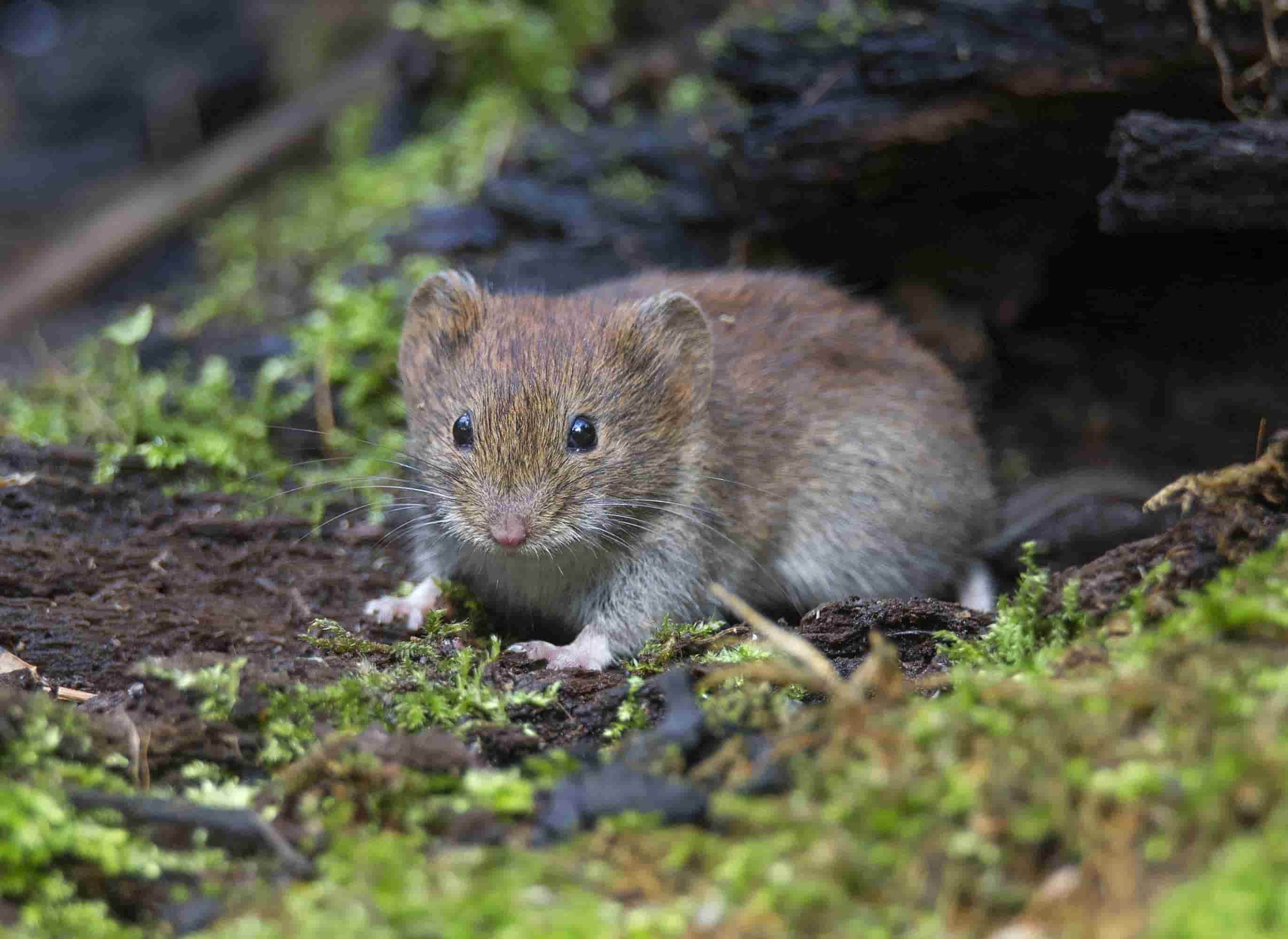Specialist Approaches for Vole Control and Avoidance
Comprehensive Overview to Efficient Vole Bug Control: Problem Identification and Therapy Techniques
In the realm of reliable insect control, vole problems pose an one-of-a-kind challenge that demands a critical method. By discovering the nuances of vole habits, recognizing essential signs of problem, and assessing a variety of control alternatives, one can develop a detailed strategy to fight these evasive pests.
Comprehending Vole Actions
Vole habits is identified by their delving practices and quick reproduction prices, making them a tough pest to control successfully. These tiny rats usually develop intricate tunnel systems underground, using them for sanctuary, food storage space, and transport. Voles are herbivores, taking in a range of plants, grasses, bulbs, and roots, which can cause significant damage to yards, orchards, and grass. Their quick reproductive price additional complicates control efforts, with women with the ability of creating several trashes in a solitary year, each containing several children.
Understanding vole habits is crucial for efficient pest control methods. By identifying their burrow locations, checking feeding locations, and implementing targeted control approaches, such as capturing or habitat alteration, vole infestations can be taken care of effectively.
Indicators of Vole Infestation

Prevention Techniques
Carrying out effective prevention strategies is important in decreasing vole infestations and guarding vegetation from their damaging feeding behaviors. To stop vole infestations, it is essential to begin by getting rid of prospective food sources and shelter.
Frequently examining the residential or commercial property for signs of vole task, such as runways and delve openings, is important for early discovery and timely action. If vole task is presumed, think about using traps or repellents purposefully placed near their paths. Employing all-natural predators like snakes or owls can additionally assist maintain vole populations in check. By executing a combination of these prevention strategies, garden enthusiasts and home owners can effectively protect their greenery from vole damage.
Non-Lethal Control Techniques
To properly handle vole populaces while focusing on humane techniques, non-lethal control strategies use functional services for decreasing vole damage in landscapes and yards. These obstacles can be buried at the very least 12 inches deep and curved at a 90-degree angle to prevent voles from burrowing below.

Lethal Control Options
One efficient technique for resolving vole infestations in gardens and landscapes includes the calculated use of lethal control choices. When encountered with a severe vole invasion that non-lethal techniques have failed to contain, applying deadly control steps becomes essential. In general, when employing dangerous control choices, it is important to do so responsibly and in conformity with regional policies to effectively take care of vole invasions.
Conclusion
To conclude, reliable vole insect control requires a detailed understanding of vole read the article actions, recognition of indications of invasion, implementation of prevention approaches, and use of both non-lethal and deadly control techniques. By integrating these approaches, people can effectively handle vole populaces and safeguard their residential property from damage. It is very important to resolve vole infestations immediately to avoid additional issues and reduce the effect on the surrounding environment.
Provided the detailed tunnel systems and fast recreation rates characteristic of voles, identifying the signs of vole invasion comes to be vital in reliable insect control. One Read More Here of the key indications of vole existence is the visibility of surface runways or tracks in yard or snow, usually concerning 1-2 inches broad, developed as voles travel between their burrows and food resources.To properly manage vole populations while focusing on gentle methods, non-lethal control strategies supply sensible solutions for decreasing vole damage in gardens and landscapes.One reliable approach for site dealing with vole infestations in gardens and landscapes involves the tactical use of lethal control options. vole control.In conclusion, effective vole insect control needs a detailed understanding of vole actions, identification of signs of infestation, application of prevention approaches, and utilization of both non-lethal and deadly control methods